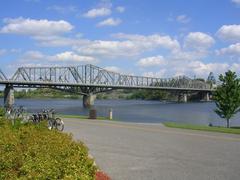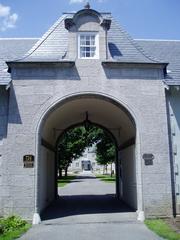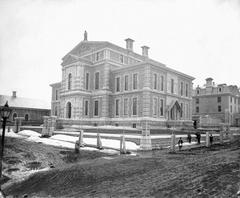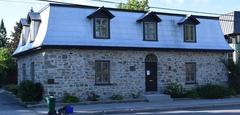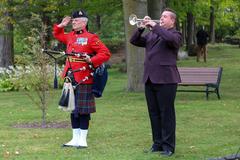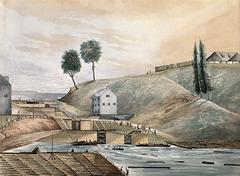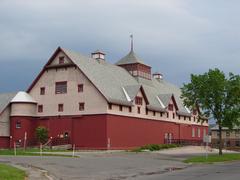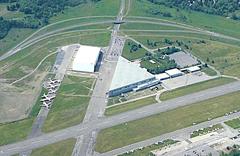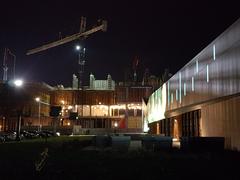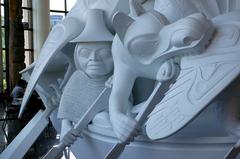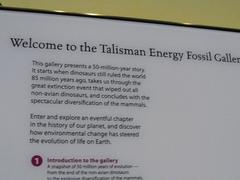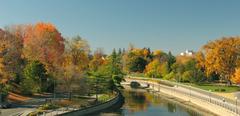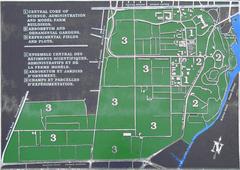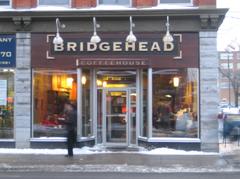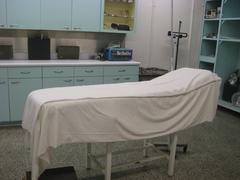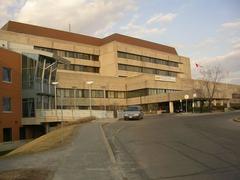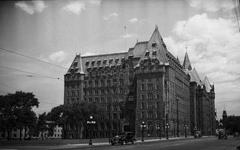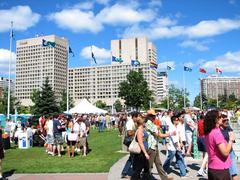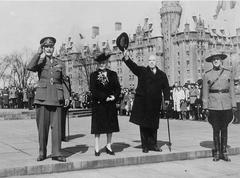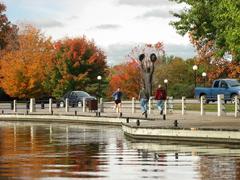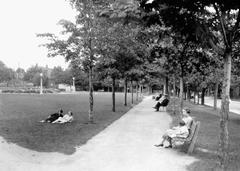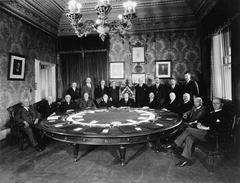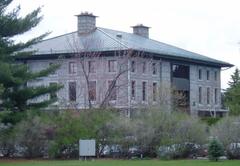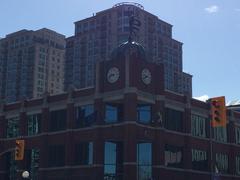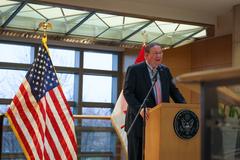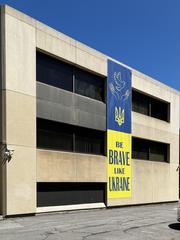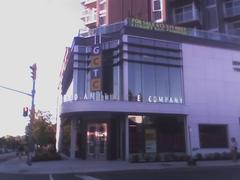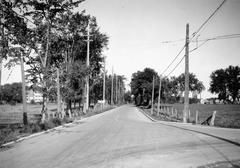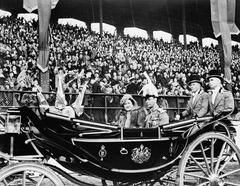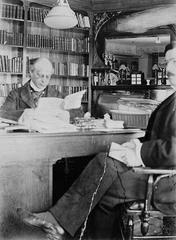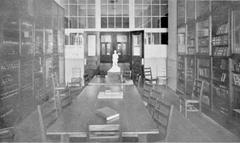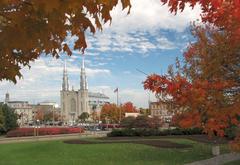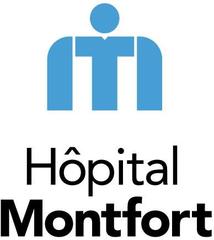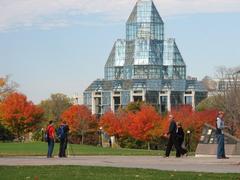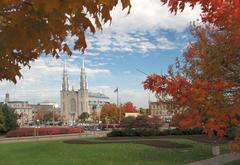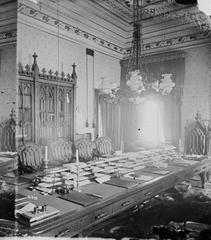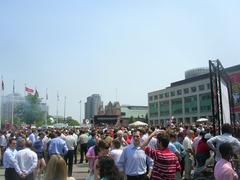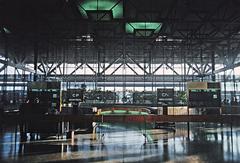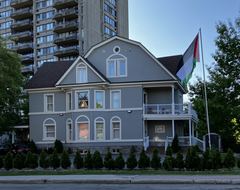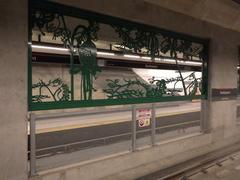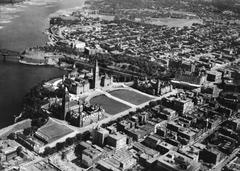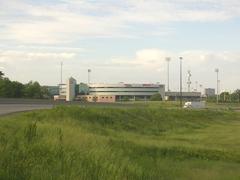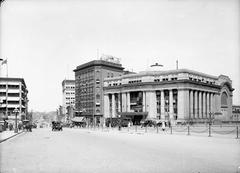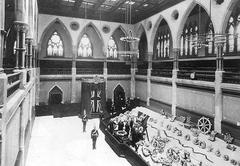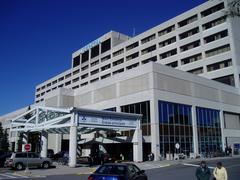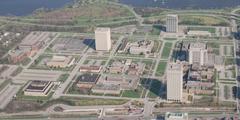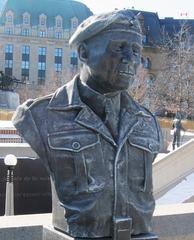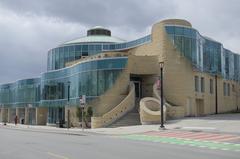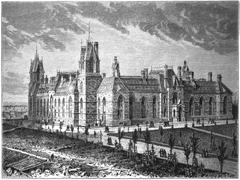Tunney’s Pasture Station Ottawa: Visiting Hours, Tickets, and Travel Guide
Date: 04/07/2025
Introduction
Tunney’s Pasture Station is a vital transit hub and historical landmark in Ottawa, Canada. Once open farmland named for Anthony Tunney, an Irish immigrant and land caretaker, the area has evolved from humble beginnings into a central government campus and a model of modern, sustainable urban planning. As the western terminus of Ottawa’s O-Train Confederation Line (Line 1), Tunney’s Pasture Station connects visitors and commuters to vibrant neighbourhoods, green spaces, and some of the city’s most significant cultural attractions. Whether you’re a daily commuter, a history buff, or simply exploring Ottawa, this guide provides all the essential details for visiting Tunney’s Pasture Station, including operating hours, ticketing, accessibility, and more (Wikipedia; Kitchissippi Museum; Canada.ca).
Historical Overview
From Farmland to Federal Campus
- Origins: Originally “Lot 35, Concession A, Township of Nepean,” Tunney’s Pasture was open farmland grazed by Anthony Tunney’s cattle in the late 1800s. Though he maintained the land, Tunney never officially owned it, but his legacy lives on in the name (Wikipedia; Kitchissippi Museum).
- Early 20th Century: While developers eyed the area for residential growth, it remained mostly undeveloped. During the Great Depression, a small shantytown was established by impoverished families, persisting until federal expropriation in 1947 (Historical Society of Ottawa).
- Federal Redevelopment: Guided by the Gréber Plan, the Canadian government transformed the area into a government employment campus, clearing Depression-era dwellings and constructing office towers from the 1950s onward (NCC Master Plan).
Transit Evolution
- Transitway Era: The original Tunney’s Pasture transit station opened in 1983 as part of Ottawa’s rapid bus Transitway system. In 2019, after a major transformation, it reopened as a key O-Train light rail station, now serving as the western terminus of Line 1 (Wikipedia: Tunney’s Pasture Station).
- Accessibility: The station was designed to be accessible and user-friendly, with elevators, ramps, and clear wayfinding.
Modernization and Redevelopment
- Master Plan: The Tunney’s Pasture Master Plan, realized in collaboration with the Canada Lands Company and the National Capital Commission, is reinventing the area as a mixed-use, sustainable community. Plans include new housing (with a significant focus on affordability), commercial spaces, public parks, and green infrastructure (Canada Lands Company; Canada.ca; NCC Master Plan).
- Heritage and Indigenous Recognition: Redevelopment efforts acknowledge the Algonquin Anishinaabe People’s traditional territory and seek to preserve and adapt notable modernist buildings like the Brooke Claxton Building (Canada Lands Company).
Visitor Information
Visiting Hours and Station Access
- Operating Hours: Tunney’s Pasture Station is open daily, typically from 5:00 AM to 1:00 AM, in line with O-Train Confederation Line service (OC Transpo).
- Entry: No admission fee is required to enter the station or public areas. For updated schedules, consult OC Transpo.
Tickets and Transit Passes
- How to Buy: Fares are required for O-Train and bus services. Purchase via:
- Presto card (reloadable, tap-and-go)
- Single-ride tickets (available at kiosks and select retailers)
- Mobile apps, such as the OC Transpo app
- Tourist Tip: Day passes and Presto cards offer flexibility for visitors.
Accessibility
- Features: The station is fully accessible, with elevators, ramps, tactile guidance, and accessible washrooms (GottaGo Ottawa).
- Navigation: Bilingual signage and real-time digital displays make wayfinding easy.
Parking
- On-site visitor parking is available across the federal campus, managed by Reef Parking with payment at kiosks or via the PayByPhone app (Statistics Canada).
Amenities
- Washrooms: Accessible public washrooms are available on-site.
- Food & Retail: Limited options are available within the station. For more variety, walk to Wellington West’s lively food scene (Reddit).
Exploring the Neighbourhood
Nearby Neighbourhoods
- Hintonburg: Known for indie shops, art galleries, and a vibrant food scene (Ottawa Stories).
- Wellington West: A bustling corridor of restaurants, boutiques, and community events (District Realty).
- Champlain Park & Westboro: Residential areas with access to riverfront trails, green spaces, and trendy dining (Ottawa Real Estate Central).
Parks and Outdoor Activities
- Ottawa River Pathway: Scenic multi-use trail for cycling and walking, connecting Tunney’s Pasture to downtown and Westboro Beach (District Realty).
- Laroche Park: Features sports facilities and a playground, popular for community gatherings.
- Planned Parks: Redevelopment will add nearly 80,000 m² of new park space, including the Yarrow Woonerf, a Dutch-style pedestrian plaza (Ottawa Citizen).
Cultural and Historical Attractions
- Canadian War Museum: Major national museum nearby, accessible by foot or O-Train (Rome2Rio).
- Parliament Hill: Iconic seat of Canada’s government a short train ride away.
- ByWard Market: Historic market district with shops, eateries, and nightlife, easily reached by transit.
Dining and Shopping
- Wellington Street West: Offers gourmet dining, bakeries, coffee shops, and independent boutiques (District Realty).
- Hintonburg & Westboro: Explore local artisans, art galleries, and specialty stores (Ottawa Stories).
Practical Visitor Tips
- Transit: Use Presto cards or purchase single-ride tickets for convenient travel.
- Wayfinding: Download transit apps like OC Transpo or Moovit for real-time updates and trip planning (Moovit).
- Cycling & Walking: Bike lanes and multi-use pathways make the area accessible for active transportation (HOK).
- Weather: Dress for the season, as Ottawa weather can be variable.
- Events: Check for local festivals, farmers’ markets, and community events, especially in summer (Ottawa Is Not Boring).
Accommodation
While there are no hotels within Tunney’s Pasture, a variety of options can be found in neighbouring districts and downtown Ottawa, ranging from boutique hotels to major chains (Rome2Rio).
Sustainability and Future Vision
Tunney’s Pasture is being transformed into a sustainable, mixed-use community, with a focus on green infrastructure, affordable housing, and active transportation. The redevelopment plan prioritizes Indigenous heritage recognition, environmental stewardship, and integration with surrounding neighbourhoods, promising a vibrant, inclusive future (Canada Lands Company; HOK).
Frequently Asked Questions (FAQ)
Q: What are Tunney’s Pasture Station’s visiting hours?
A: The station operates daily, typically from 5:00 AM to 1:00 AM. Check OC Transpo for current schedules.
Q: How do I buy tickets?
A: Use a Presto card, buy single-ride tickets at kiosks, or use transit apps. No staffed ticket booths are available.
Q: Is the station accessible?
A: Yes, with features such as elevators, ramps, tactile paths, and accessible washrooms.
Q: Are there food and shopping options at the station?
A: Limited on-site options; Wellington West and Hintonburg offer diverse dining and retail experiences nearby.
Q: What are the best nearby attractions?
A: Ottawa River Pathway, Canadian War Museum, Parliament Hill, Parkdale Market, and vibrant local neighbourhoods.
Q: Is parking available?
A: Yes, managed by Reef Parking, with payment at kiosks or via app.
Visuals and Media
- Include high-resolution images of the station’s exterior and platforms (alt text: “Tunney’s Pasture Station entrance with accessible ramps”).
- Maps showing transit connections and proximity to neighbourhoods and major attractions.
- Photos of Ottawa River Pathway, Wellington Street West, and local markets.
Internal Links
- [Guide to Ottawa’s O-Train Network]
- [Wellington West Neighborhood Walking Tour]
- [Ottawa Seasonal Festivals]
Summary and Invitation to Explore
Tunney’s Pasture Station stands as a microcosm of Ottawa’s rich history, diverse communities, and forward-looking urban planning. As both a bustling transit hub and a gateway to dynamic neighbourhoods, green spaces, and cultural sites, it exemplifies the city’s evolution from farmland to federal campus and now to a sustainable, inclusive urban community. With accessible transit, modern amenities, ongoing redevelopment, and a wealth of nearby attractions, Tunney’s Pasture Station invites you to discover Ottawa’s vibrant west end and beyond.
Plan your visit today. For real-time transit updates, download the OC Transpo or Moovit apps, and explore all that Tunney’s Pasture and Ottawa have to offer!
Sources
- Wikipedia: Tunney’s Pasture
- Kitchissippi Museum: The History of Tunney’s Pasture
- Historical Society of Ottawa: Tunney’s Pasture - The Story Behind Ottawa’s Field of Dreams
- Canada.ca: Tunney’s Pasture Redevelopment Master Plan
- NCC Master Plan Amendment 2025
- Wikipedia: Tunney’s Pasture Station
- Canada Lands Company: Vision to Reality
- OC Transpo
- Ottawa Is Not Boring
- Tim’s Train Travels
- City of Ottawa: Hazardous Waste and Special Items
- Moovit
- Statistics Canada: Information for Attendees
- GottaGo Ottawa: Public Washroom Maps
- Wellington West BIA
- District Realty: Tunney’s Pasture Neighbourhood
- Ottawa Real Estate Central
- Ottawa Stories: Best Neighbourhoods in Ottawa
- Rome2Rio: Ottawa to Tunney’s Pasture Station
- Ottawa Citizen: Tunney’s Pasture Housing NCC
- HOK: Tunney’s Pasture Master Plan

